Q. There is a certain group that works with fibers. dB (decibel) measurements are the typical measurement unit used in their business. Is there an option in the power measurement values to select dB rather than watts?
A. Power measurements made in dB are ratios. The equation is 10 log (P1/P2). We can make a P1 measurement or a P2 measurement, but not both at the same time. Since you haven’t provided more application details I will add further information in the hopes of touching on points that are important for you.
Beam analyzers are not precision instruments for making power measurements which is why they can’t replace power meters. BG-LBA-BeamStar can be calibrated to some value obtained from an external power meter. And can reasonably track power changes within a range of about 100:1, or 20dB.
With fiber optic cables and connectors, signal losses are usually expressed in terms of dB. With a cable it will be in units of dB per meter or km depending on how loose the cable is. With connectors these are often expressed as insertion loss and/or back reflection loss.
There is another type of power measurement that can be made: dBm. In this case the measurement is made relative to a fixed power level. This is very common in sound measurement where an industry standard has been well defined. I am not aware of a similar standard for optical power measurement but that doesn’t mean there isn’t one. In this case P2 is fixed to a specified level and the read value is compared to it. Audio sound level meters read out in +/-dBm.
In all cases the best way to make this type of measurement is with a power meter. In particular a photo-diode (PD) style meter fitted with a fiber optic coupler is best. Our PD detectors have a very large dynamic range and are accurate over the entire range, about 90dB. Our power meters can give readings directly in dBm. A camera has a very limited dynamic range, only about 20dB.
If the client wants to make a measurement using a camera and the range of interest is within
20dB then they can make the two measurements P1 and P2 and compute the ratio in dB using the equation shown above. If they want to automate this they can use our soon to be released automation interface, extract the power readings at the appropriate times, and compute the results in Excel or MatLab.
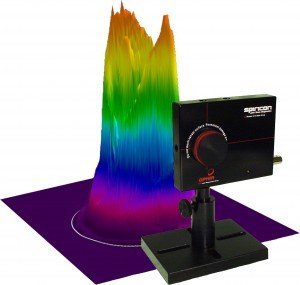
You might also like to read: BeamGage: The Next Generation of Laser Beam Analysis Software
Share this:
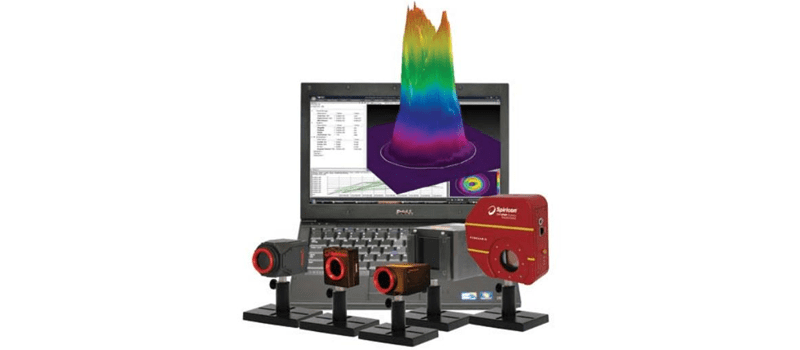


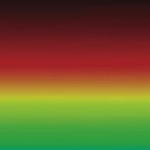


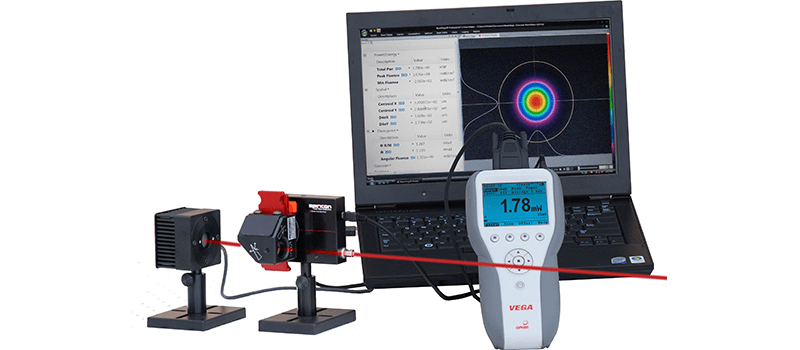
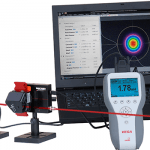


dBm is used in fact used in optical power measurements, where it is referenced to the milliWatt.
Indeed it’s used pretty widely in scientific (academic) circles.
From Wikipedia:
‘dBm (sometimes dBmW) is an abbreviation for the power ratio in decibels (dB) of the measured power referenced to one milliwatt (mW). It is used in radio, microwave and fiber optic networks as a convenient measure of absolute power…Compare dBW, which is referenced to one watt (1000 mW).’